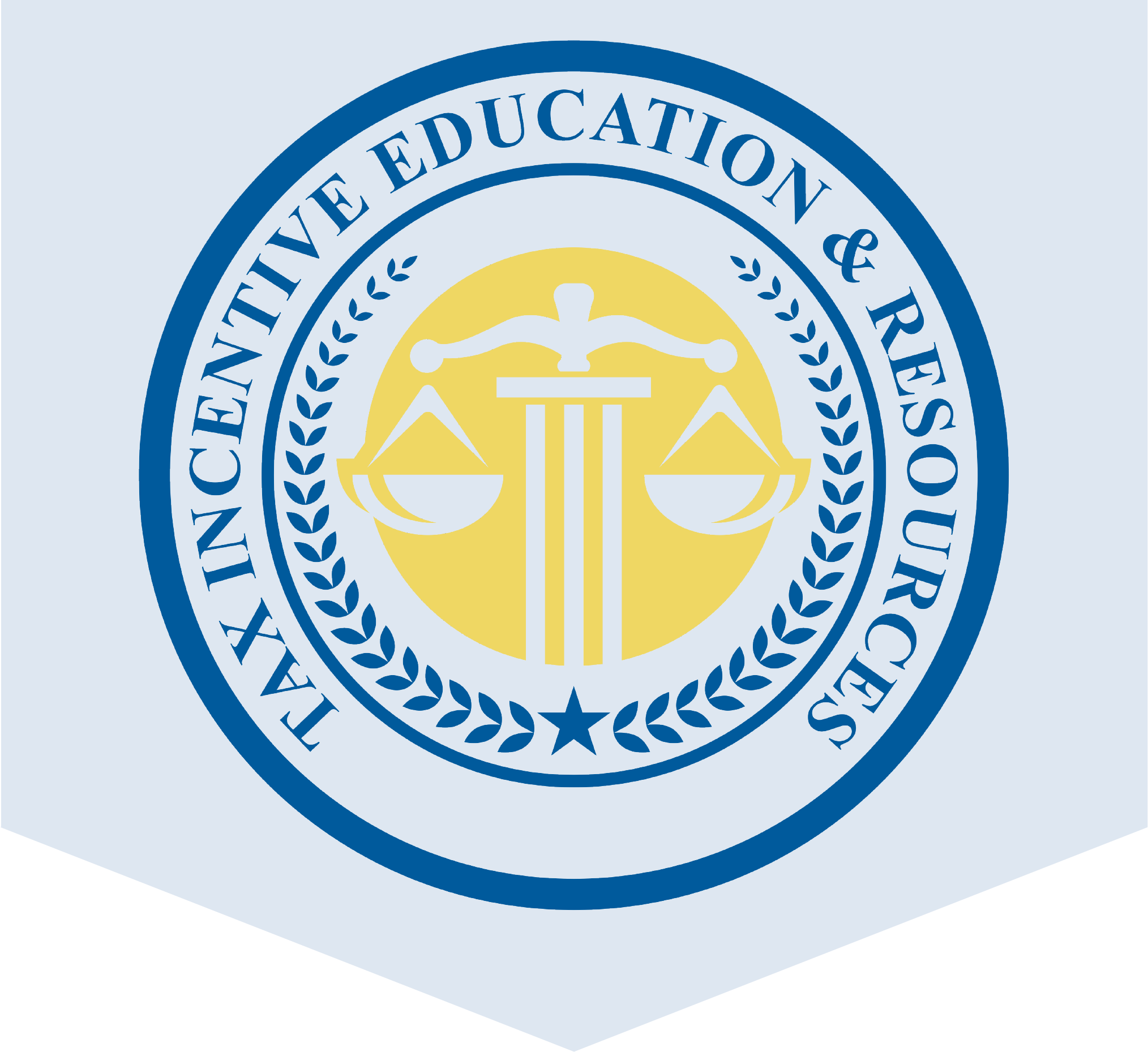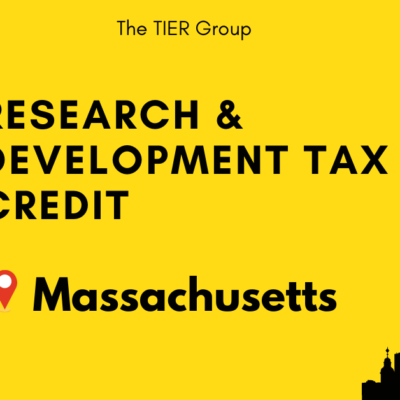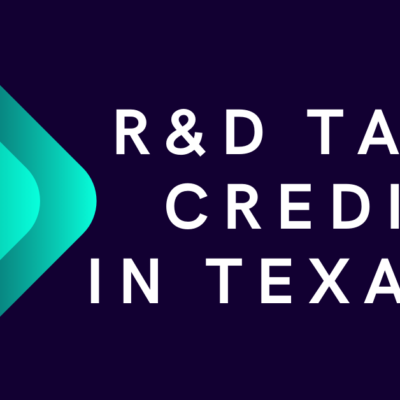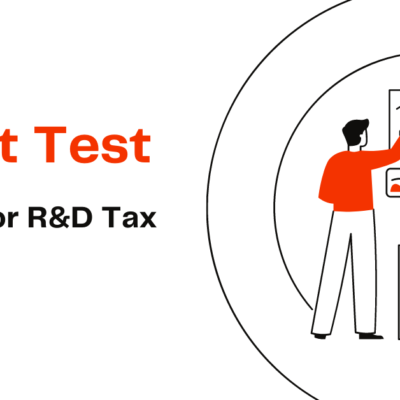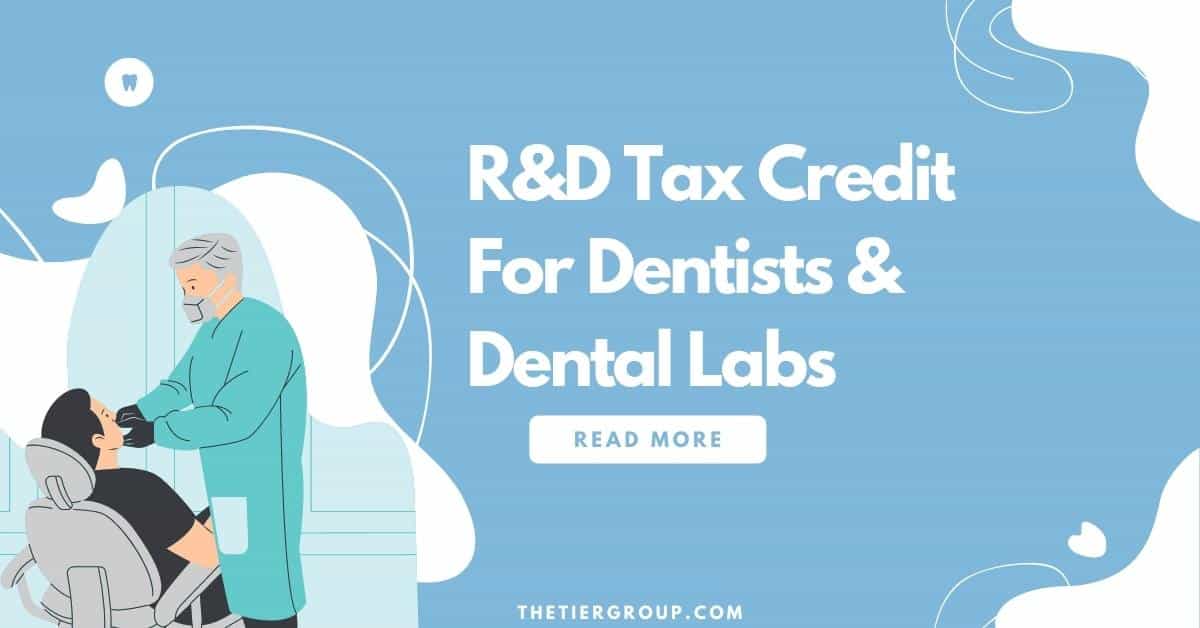
R&D Tax Credit For Dentists & Dental Labs
Businesses around the US have suffered a lot because of the COVID-19 pandemic. Some successfully managed this transition by working remotely. However, the businesses offering in-person services suffered the most, such as dental practices. Even today, dentists have not been able to operate with their full capacity because of the current regulations. Considering such a hard time for dentists, it would be really great to reap all the benefits of research and development or R&D Tax Credit For Dentists to improve funding.
The IRS allows a refundable credit for dental labs that invest in R&D activities. These include procedures as follows:
- Clinical research
- Testing of new drugs
- Modifications to existing drugs.
Businesses can apply for this credit against the taxpayer’s income tax liability. They can also apply for it under the Research and Experimentation (R&E) Tax Credit system. This gave rise to two types of R&D Tax Credits: the “regular” R&E/R&D Credit and an extra 15% credit for Qualifying Clinical Research. This gives companies doing medical research a total 27% tax break on their investment in these projects.
What Is Research & Development Tax Credit?
The American government created the research and development tax credit in 1981. It is a federal tax credit that encourages businesses in the United States to invest in research and development (R&D) activities.
The R&D tax credit allows businesses to claim a credit against their federal and state income taxes for a percentage of their qualified R&D expenditures. The credit is equal to 20% of the first $200,000 ($100,000 for taxable years beginning before January 1, 2020) of qualifying R&D expenditures incurred by the taxpayer during the taxable year.
The research credit is a dollar-for-dollar reduction of income taxes owed. Businesses can take it as a current year credit or carry it back one year and forward 20 years. They can also use to offset alternative minimum tax (AMT) liability.
To qualify for the research credit, your business must have incurred qualifying expenses related to the development or improvement of a product or process. Qualifying expenses may include salaries, wages, and contract research expenses. Businesses may also be able to claim the R&D tax credit for costs associated with software development, testing, and failure analysis.
The general rule is that most manufacturers and processors are not eligible for the credit. Why? Because the credit is generally available to companies that perform activities in the US. Plus, those activities must be related to experimental work that results in the improvement of a product/process.
Note: The IRS has special rules for so-called “dual-use” equipment, which is both medical and nonmedical equipment. Generally, if a piece of equipment is used more than 50% for medical purposes, it qualifies for the R&D tax credit.
Qualified Dental Practices For The Research & Development Tax Credit
There are four general rules for dental practices to qualify for the research tax credit:
1. The dental practice must contribute to research and development in the dental field.
2. Business operations must occur in the United States.
3. The taxpayer must have incurred expenses related to the activity.
4. The taxpayer must have a reasonable expectation of deriving future income from the activity.
However, there’s more to these four. Dental practices include several activities throughout the day. They perform all such dental practices through well-established procedures and processes. Such kind of regular work does not make you eligible for the R&D tax credit for Dentists. However, a specific type of practice can qualify a dentist for the research credits, such as:
- Manufacturing products for resale, including prosthetic devices and dental implants
- Processing dental materials into products for resale, such as porcelain veneers and crowns
- Developing new techniques or methods for dental procedures
- Testing new products or product modifications to determine their effectiveness
- Researching ways to reduce manufacturing costs
- Studying the dental patient population to improve products or services
- Developing software or other technology for use in a dental practice
Generally, all such practices revolve around basic research, applied research, and experimental development.
How Can The R&D Tax Credit For Dentists Benefit Your Business?
This is an activity-oriented credit. The research activities in our dental labs must satisfy the following four basic requirements to make the most of this tax credit. Generally, these four requirements are also known as a 4-part test.
Business component Development or Improvement
The development of a business component is the main focus of the research and development credit. This can include developing new products, processes, or software. It can also include improving an existing product or process. Dental labs that are looking to improve their business components should consider claiming the R&D tax credit for Dentists.
As a result, it is a valuable tool for dental labs looking to improve their business. By claiming the credit, labs can reduce the risk associated with investing in new technology and motivate employees to come up with new ideas. If you are looking to improve your business, speak to an accountant about whether you could benefit from it.
Elimination of Technological Uncertainty
Eliminating uncertainty which is technological in nature is one of the main benefits of the R&D credit. The credit can help labs make decisions about future products and processes with more certainty. This reduces the risk associated with investing in new technology. It also encourages dental labs to innovate and improve their products and services.
The Research and Development tax credit is also valuable because it rewards labs for their innovation. This can help create a culture of innovation within dental labs, as employees will see that their hard work is being recognized and rewarded. This can motivate employees to come up with new ideas and continue to improve the lab’s products and services.
Purpose of Qualified Research
No matter what research activities you perform in your dental lab, they must relate satisfy one of the following purposes to qualify:
- Improving existing functionality or developing a new one
- Enhancing the current performance
- Increasing the reliability
- Improving the overall quality
Process of Experimentation
The process of experimentation is when the scientific method is used in an orderly way to test a hypothesis. The research has to be systematic and planned. There has to be a logical connection between the research question and the experimental design.
This is important for dental labs because it allows them to develop new products and processes with certainty. By using scientific methods, labs can test their hypotheses systematically and plan their research. This helps ensure that their experiments are meaningful and that they can draw accurate conclusions from their data.
Dental practices can eliminate technological uncertainty through process experimentation. According to treasury regulations, the process of experimentation is defined as systematic trial and error, stimulation, or modeling.
How Can We Help Dentists Claiming Their Research & Development Tax Credits?
Research credits are one of the most beneficial incentives dentists can use to reduce their liabilities. You need to complete both a qualitative and quantitative documentation process for claiming it. As this can be complex, you should get assistance from qualified R&D tax consultants like us.
Contact us today at (800) 548 – 6098 to find if your dental practices qualify for an R&D Tax Credit for Dentists or evaluate how much credit you can get.
